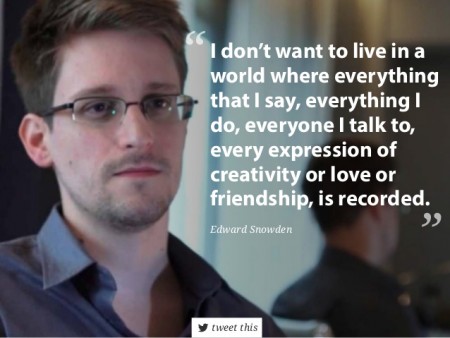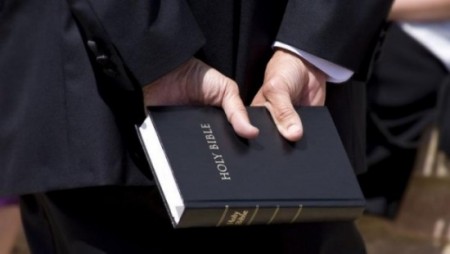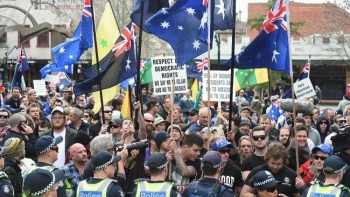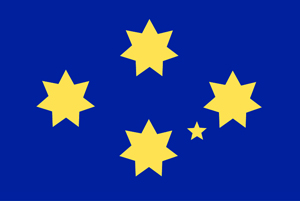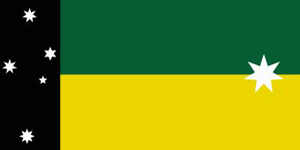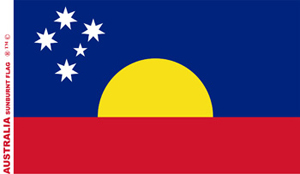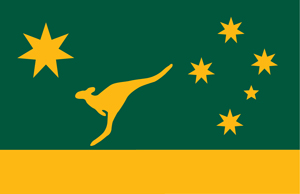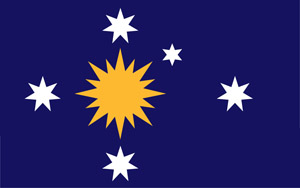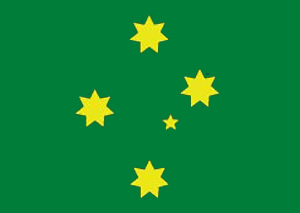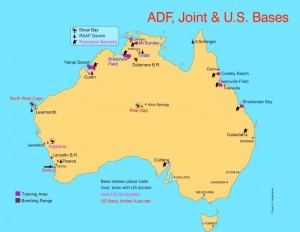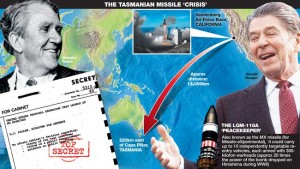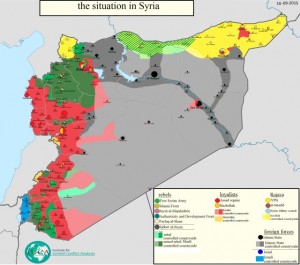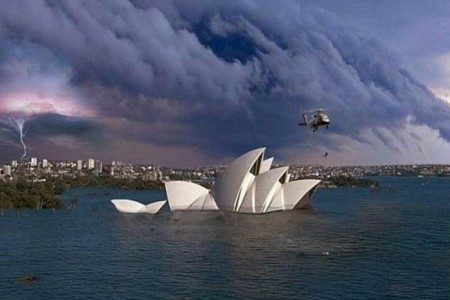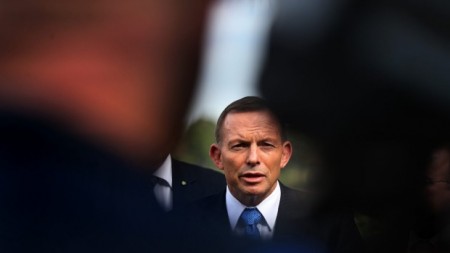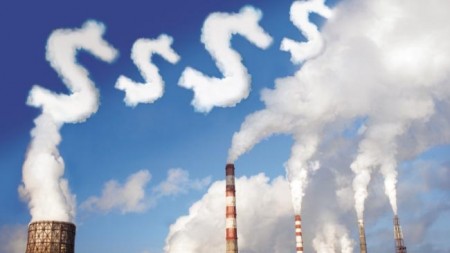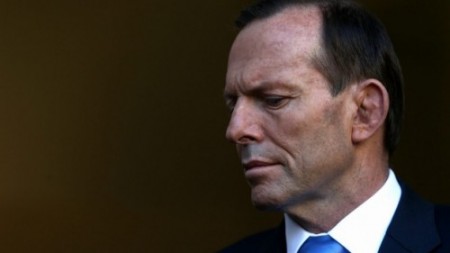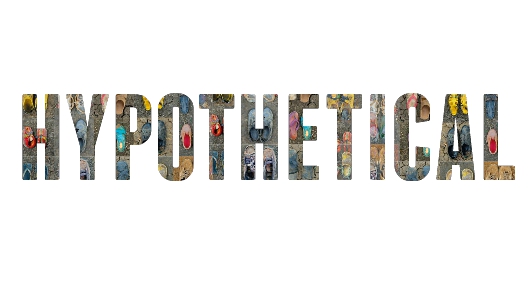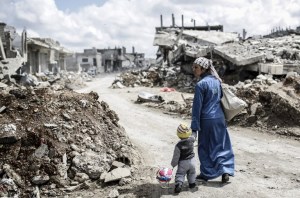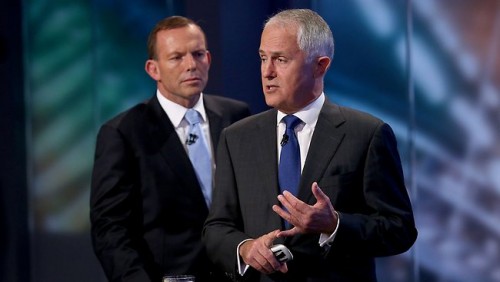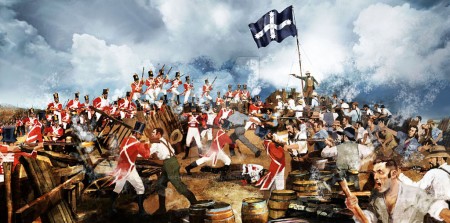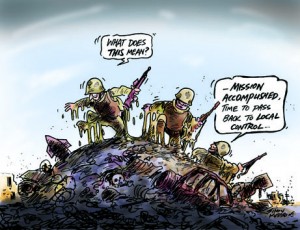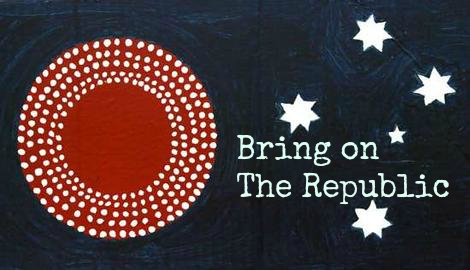Is Uranium the Asbestos of the 21st Century?
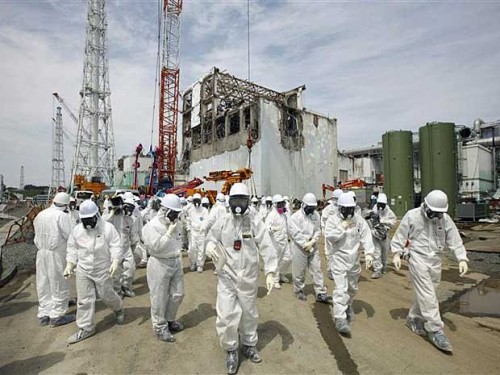
After reading about incoming Chief Scientist Alan Finkel, and his interest in nuclear power today, I remembered that it wasn’t too long ago that Foreign Minister Julie Bishop said similar things of which I wrote about back in December 2014.
The minister for foreign affairs Julie Bishop, reignited the nuclear energy debate in Australia saying that it remains an option and a way to cut carbon dioxide (CO2) emissions after 2020. “It’s an obvious conclusion that if you want to bring down your greenhouse gas emissions dramatically you have to embrace a form of low or zero-emissions energy and that’s nuclear, the only known 24/7 baseload power supply with zero emissions,” she told Fairfax Media. A “baseload power supply” is basically a continuous power supply. “I always thought that we needed to have a sensible debate about all potential energy sources and, given that Australia has the largest source of uranium, it’s obvious that we should at least debate it,” she said.
In 2006 businessman and nuclear physicist Ziggy Switkowski, headed the Review of Uranium Mining Processing and Nuclear Energy in Australia (UMPNER). Mr Switkowski is mostly known for being the former Telstra CEO that oversaw the initial privatisation of Telstra. He stepped aside controversially in 2005 with a “golden handshake” two years shy of his contract ending amid share prices slumping, and the fallout from risky financial decisions. Recently he is back in telecommunications after nearly a decade when the minister for communications Malcolm Turnbull, appointed him as Chairman of the national broadband network (NBN) in October last year. Ms Bishop was minister for education, science and training and minister assisting the Prime Minister for women’s issues, in the Howard government when the UMPNER review was released. She expresses dismay at the end results of the review: “The debate didn’t go anywhere. It descended into name calling about which electorates I intended to place a nuclear reactor in, and would I rule out Cottesloe Beach – that kind of puerile debate. So it didn’t ever get off the ground,” she said. Mr Switkowski’s review was pro-uranium mining and pro-nuclear power but many critics did not agree and felt that the narrow terms of reference set by the federal government restricted the panel to a study of nuclear power, not a serious study of energy options for Australia. And that there was already existing research indicating that meeting energy demand and reducing emissions can be done with a combination of renewable energy and gas to displace coal, combined with energy efficiency measures, without needing to use nuclear power. Another critic Dr. Mark Diesendor said that the report has no basis for its claim and that: “Nuclear power is the least-cost low-emission technology …” “How can the panel assert that nuclear is least cost, when it has neither performed any analysis nor commissioned any on this topic? To the contrary, wind power is a lower cost, lower emission technology in both the UK and USA and would also be lower cost in Australia.”
After hearing Ms Bishop’s comments, Mr Switkowski said: “It’s a big call for our leaders to engage in this debate, but a good one because it will take some time for communities and industries to get comfortable again with the current and future generations of nuclear technology.” He is of the belief that Australian community sentiment has been warming since the Fukishima nuclear disaster in Japan in 2011, where the aftermath is ongoing, with 100 thousand people still displaced. The disaster occurred due to a major earthquake and a 15-metre tsunami that disabled the power supply, cooling three Fukushima Daiichi reactors causing the accident. Mr Switkowski appears to have his hopes pinned on advances in Small Modular Reactors (SMR), which are part of a new generation of nuclear power plant designs being developed in several countries. “The small modular reactors will provide a real opportunity to consider nuclear power again because they are a tenth of the size of a nuclear or coal-fired powered station.” He also hoped that they could address concerns most people held about the reactors being waste, their closeness to residential areas and the risk of accidents such as the Fukishima or the Chernobyl nuclear power plant catastrophe in 1986. He admits however, that if there were improvements in wind and solar technology over the next twenty years, renewable energy sources could be more viable. “It’s a bit of a race, given the time that’s been lost due to Fukushima,” he said.
I would hope that we are on a race to come up with the best alternative energy options including renewable energy, rather than putting all of our eggs into one nuclear basket.
The 5th Annual SMR conference in Washington D.C. was held in May this year. Senior Policy Adviser, National Resources Defence Council (NRDC) Christopher Paine, commented that “no speaker even mentioned the swiftly emerging reality that in 2025, potential SMR deployments will be competing against cleaner simpler renewable electricity plus energy storage systems – nuclear power will no longer be able to market itself by playing on customer fears of the “intermittency” of renewable energy sources.” Mr Paine also noted that no presenters at the conference had made a case that the economics of an SMR power plant would be better than those of an advanced conventional nuclear plant. On average a nuclear plant takes between 5-7 years to build, not including the planning and licensing. The initial outlay is very high and up to 75% total of it’s lifetime which is around 40-60 years. Exact figures for the construction of nuclear power plants are often commercially sensitive and hard to provide. Recent examples in the United States though have been priced from $5-$12bn per reactor over a relatively short construction time span. Even though the running costs of a nuclear plant are fairly low, the upfront costs associated with the construction and financing of it make it much more expensive than fossil fuel power, or coal. Mr Paine mentioned “energy storage systems”, this would solve the “baseload power supply problem” that is used to explain why nuclear is better than renewable energy. In fact, the University of Technology Sydney (UTS) researchers are working on new battery technology promising more efficient and affordable solar and wind energy. The three year project has received a $750k investment from the Australian Renewable Energy Agency (AREA) as well as $1.24m industry support. “The focus of this project is to find a storage solution. Solar energy is not continuous; it is only when you have sunshine that you can generate electricity. The same goes for wind and other renewable energy sources. We intend to develop a rechargeable battery that can store these renewable energy sources and make them available for later use.”
Australia supplies between 12-20% of the global market and we have around 30% of the world’s reserves of uranium. Prior to the Fukushima disaster, Japan bought around 2,400 tonnes of uranium from Australia, our second largest market next to the European Union. The former Japanese Prime Minister Naoto Kan, came to tour Australia this year at the end of August for a week and to campaign for large-scale renewable energy. It’s of note that the current Prime Minister Shinzo Abe visited Australia and where he addressed the Australian Parliament a month before hand. Mr Kan, a trained physicist, was once convinced that nuclear power was the future but this changed in March 2011 with the Fukushima nuclear disaster, when he faced the prospect of evacuating 50 million Japanese citizens from their homes. “Japan as a country would have lost its capability to function for decades,” he said, adding that only luck and “the mercy of God” stopped the crisis from reaching such a scale. He started his tour in the Northern Territory (NT), where the Ranger uranium mine is located, and most likely the source of some of the uranium oxide that found its way to the Fukushima plants. Energy Resources Australia (ERA) and it’s majority owner, Rio Tinto, won’t confirm this, citing commercial confidentiality. What is known is that Australia was the largest supplier of uranium to Japan; ERA produces more than half our uranium ore; and that Canberra’s nuclear safeguards office confirmed in October 2011 that Australian uranium was present in the Fukushima plants. Mr Kan doesn’t doubt some of Fukushima’s pollution originated at Ranger. ERA insists it abides by the world’s best environmental safeguards and practises, that are policed by both the NT government and the federal government’s supervising scientist, who is the federal regulator of the site. There has been more than 200 safety breaches and incidents over the past 30 years at the site, according to the Environment Centre NT. The worst one to happen was last December and the third mishap that month, when a leach tank with a 1.5 million litre capacity burst and spilled out a radioactive and acidic slurry. Mine operations were closed for several months before the Abbott government declared no harmful effects had been detected from the spill.
The traditional owners were opposed to the mining of uranium on the site, yet a 1976 act of Parliament allowed mining to go ahead on Mirarr lands anyway. Justice Russell Fox, the chair of the evironmental inquiry into Ranger, and who recommended that the mine go ahead also noted that “the evidence before us shows that the traditional owners … are opposed to the mining of uranium on that site”. Nevertheless, he said, “we form the conclusion that their opposition should not be allowed to prevail”. He also expressed hope that the mine would improve the “general happiness and prosperity of the region”, he also acknowledged that “the arrival of large numbers of white people … will potentially be very damaging to the welfare and interests of the Aboriginal people there”. Based on his recommendations, the Kakadu National park came to be, with its boundaries carefully drawn to exclude the Ranger site. Toby Gangali, was a Mirarr man, and his documentary was shot more than thirty years ago, and was shown to former Japanese PM Mr Kan during his visit. Mr Gangali talked of ancient sacred sites nearby, and of his fears that “something might go wrong if the mine goes ahead … snake might come … big rainbow … he might kill all over the world”. Downstream from Ranger, inhabitants of the small Aboriginal settlement of Mudginberri are worried about what the mine may one day send their way. Mark Djandjomerr and May Nango, who spoke through an interpreter, said they live in “constant fear there could be an accident. We know that a lot of jobs have been created by the mine. But we are the people who have to live downstream from it, we are always frightened something could go wrong”.
As traditional landowners, the Mirarr take responsibility for the impacts that activities such as mining on their land, has on others. The possibility of uranium being incorporated into a nuclear weapon or present at the site of a nuclear accident is of enormous concern to Mirarr. In April 2011, after the Fukishima disaster, Yvonne Margarula wrote to UN Secretary-General Ban ki-Moon and expressed her sorrow at the impacts radiation was having on the lives of Japanese people. She noted that, ‘it is likely that the radiation problems at Fukushima are, at least in part, fuelled by uranium derived from our traditional lands. This makes us feel very sad.’ It was confirmed by Dr Robert Floyd, Director General of the Australian Safeguards and Non-Proliferation Office of the Department of Foreign Affairs and Trade (DFAT), that, “Australian obligated nuclear material was at the Fukushima Daiichi site”.
David Sweeney is a long-standing nuclear free campaigner with the Australian Conservation Foundation and he poignantly said: “Australia did not stop extracting and exporting asbestos because we ran out of the resource, we stopped because the resource ran out of social license and the companies involved in this toxic trade ran out of excuses. The same will happen with the uranium sector.”
We do have a moral obligation and a humanitarian responsibility for the potential hazards posed by the uranium we sell. Once it leaves our shores, there are so many dangerous risks that we are taking and the ramifications of proliferation, nuclear waste and nuclear disasters could all have catastrophic impacts, on not just our country and economy but our neighbour’s countries and economies.
Japanese PM Shinzo Abe’s government, is set to restart at least two nuclear power plants operated by Kyushu Electric Power early next year, but is facing resistance from local lawmakers concerned that the evacuation plans in the event of an accident were inadequate, as one example. Other power companies would like to follow Kyushu Electric Power’s lead and reopen reactors next year, however many of the nation’s 48 reactors are aging or located in seismically sensitive zones. In a poll conducted in October 18-19 this year by Kyodo News, 60% of respondents said they were against restarts, while 31% were in favour. Japan has also just re-entered a recession and is using quantitative easing as an economic measure to counteract it, which I have written about as well and the link is included in this sentence for ease. When Mr Abe made his case in late 2012 that he was the man to save the economy and revive Japan, including tackling Japan’s national debt, which currently stands at around 240% of their Gross Domestic Profit (GDP); voters handed him a landslide win. Just two years on out of a four year term, Mr Abe has dissolved the Japanese government and declared a snap election for December 14th this year. “We cannot”, he thundered, “let this chance go.” Many Japanese think they are being asked to buy the same horse twice. Mr Abe’s popularity has tumbled from the levels that he enjoyed early on and analysts believe he is seeking another four-year term now before issues begin next year over defence policy and the restarting of Japan’s closed nuclear plants and more grow.
Prices for uranium however have been depressed since the nuclear crisis in Japan in 2011 and most of the Australian uranium miners haven’t made a profit since then. Exploring all of the sides of nuclear energy is pause for thought, before we can even contemplate using nuclear energy in Australia. That is not to say that we can’t keep on exploring better ways to harness nuclear energy safely, because let’s face it, it’s great emission wise, just really bloody dangerous, but it would be great as a back up plan. We can never have too many of those.
This article was originally published on Political Omniscience.
Like what we do at The AIMN?
You’ll like it even more knowing that your donation will help us to keep up the good fight.
Chuck in a few bucks and see just how far it goes!
Your contribution to help with the running costs of this site will be gratefully accepted.
You can donate through PayPal or credit card via the button below, or donate via bank transfer: BSB: 062500; A/c no: 10495969











